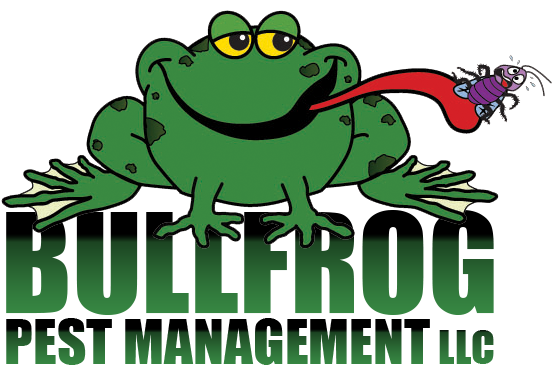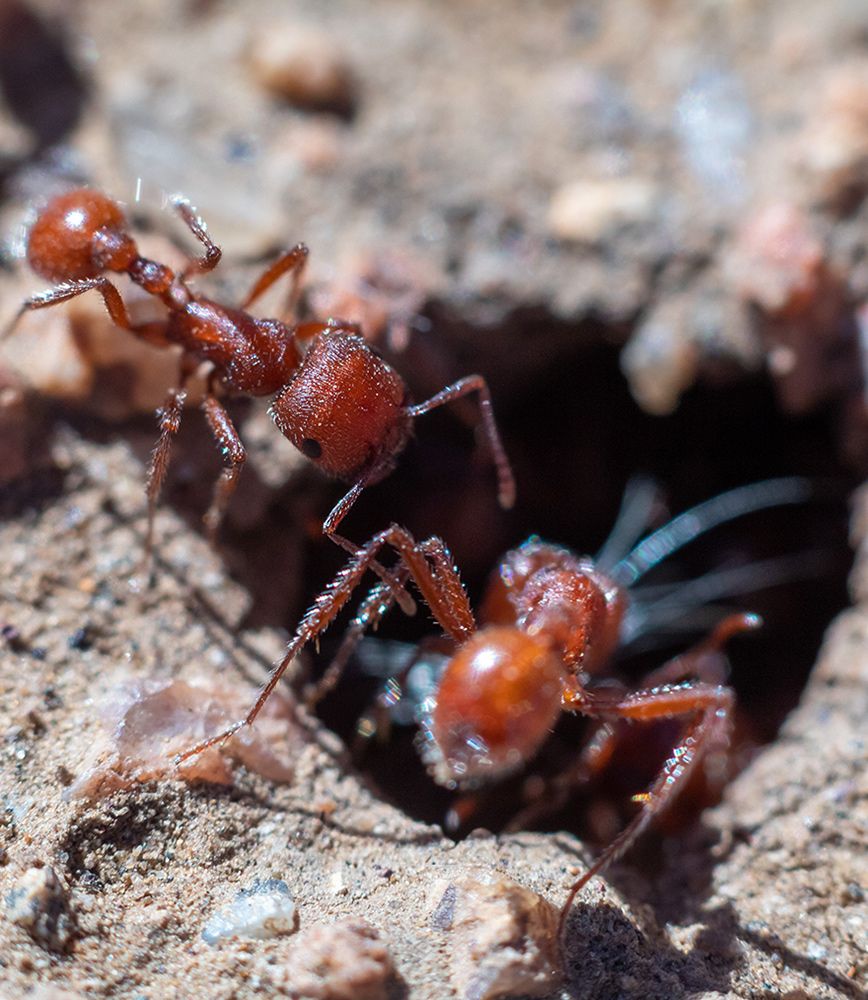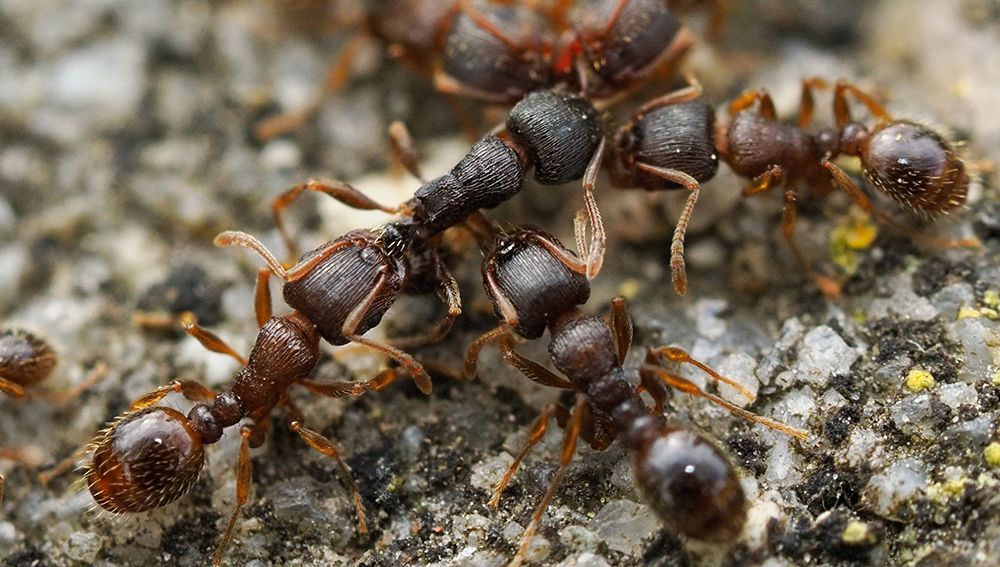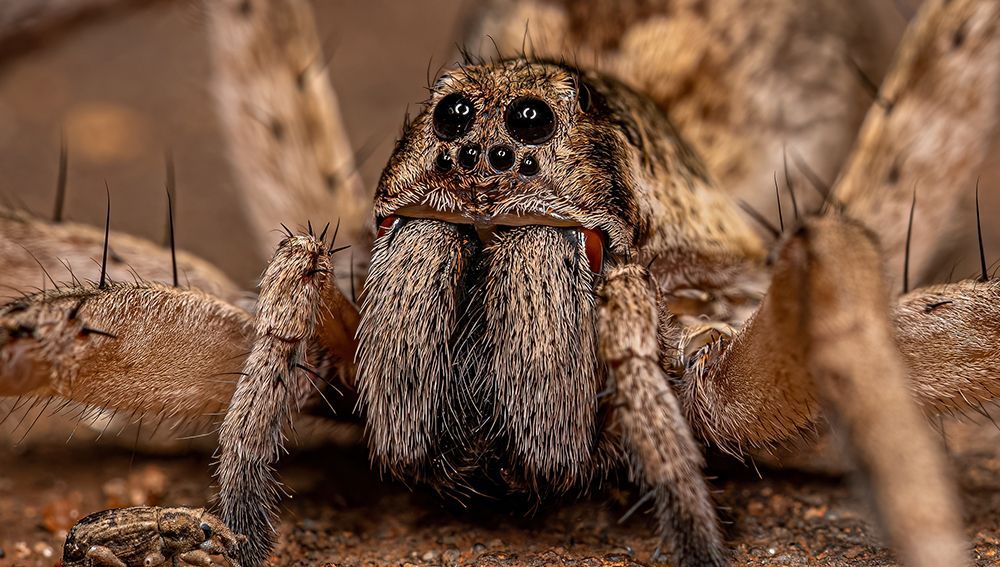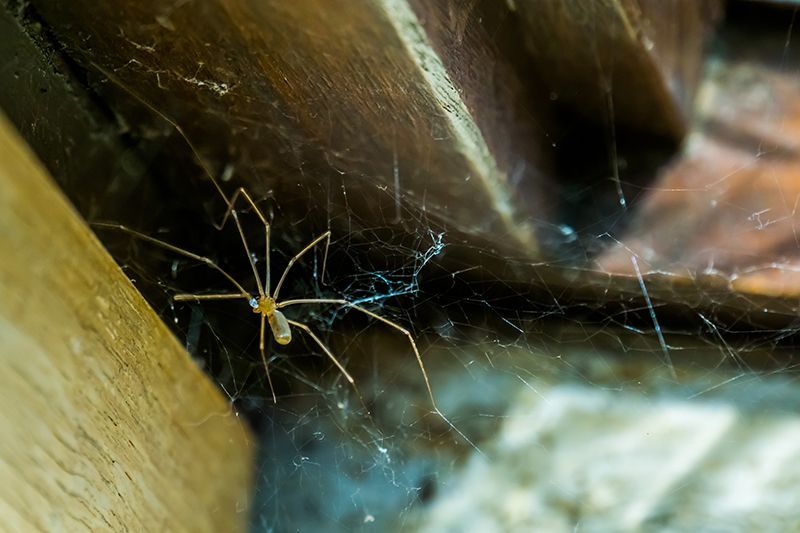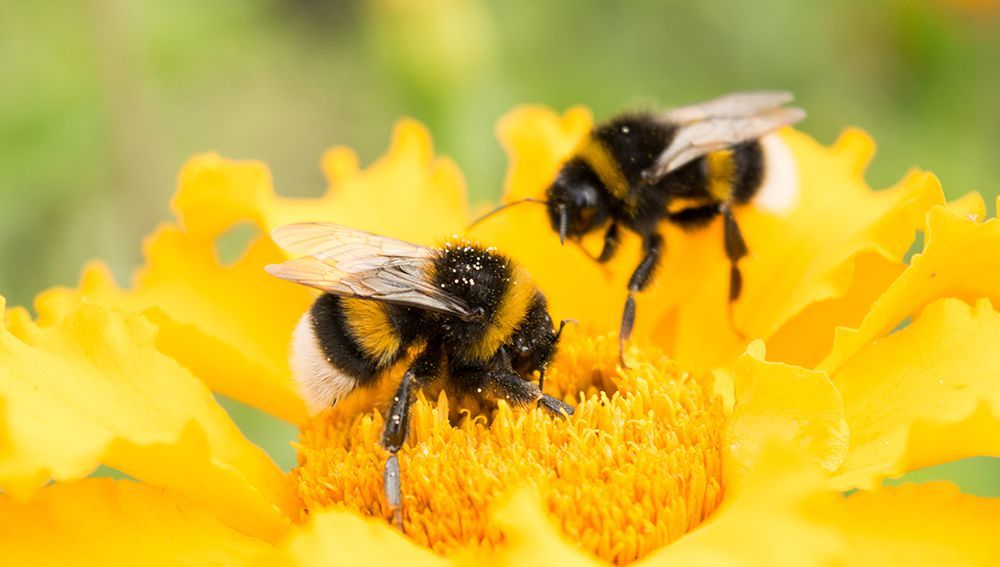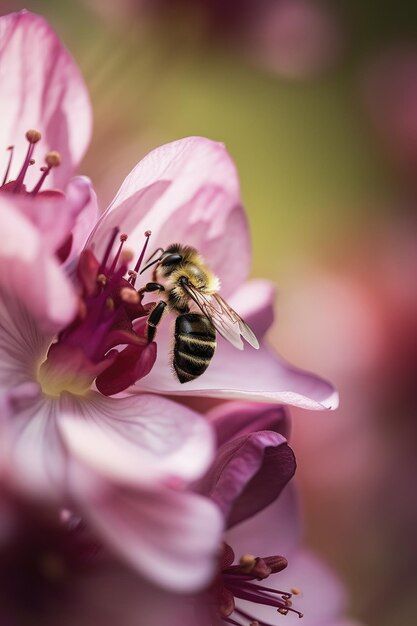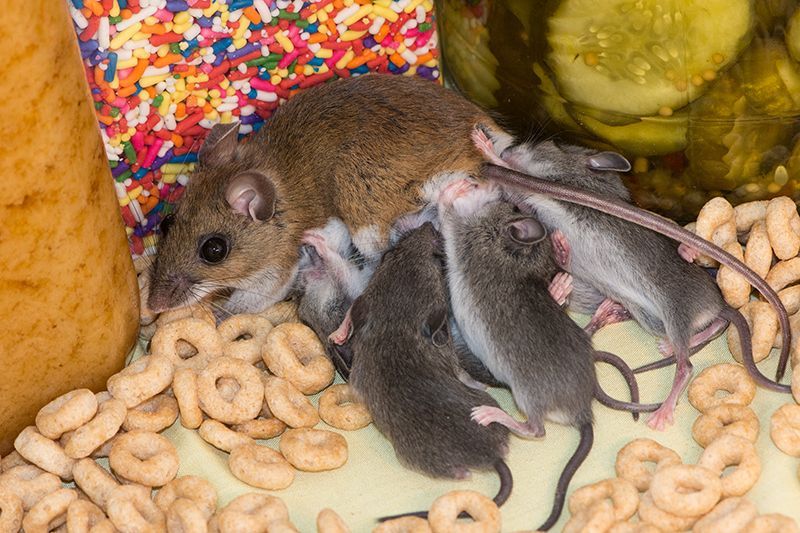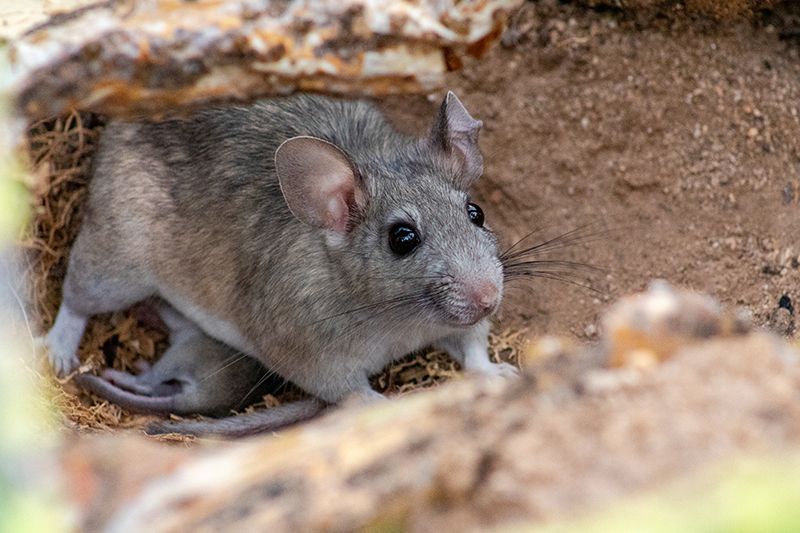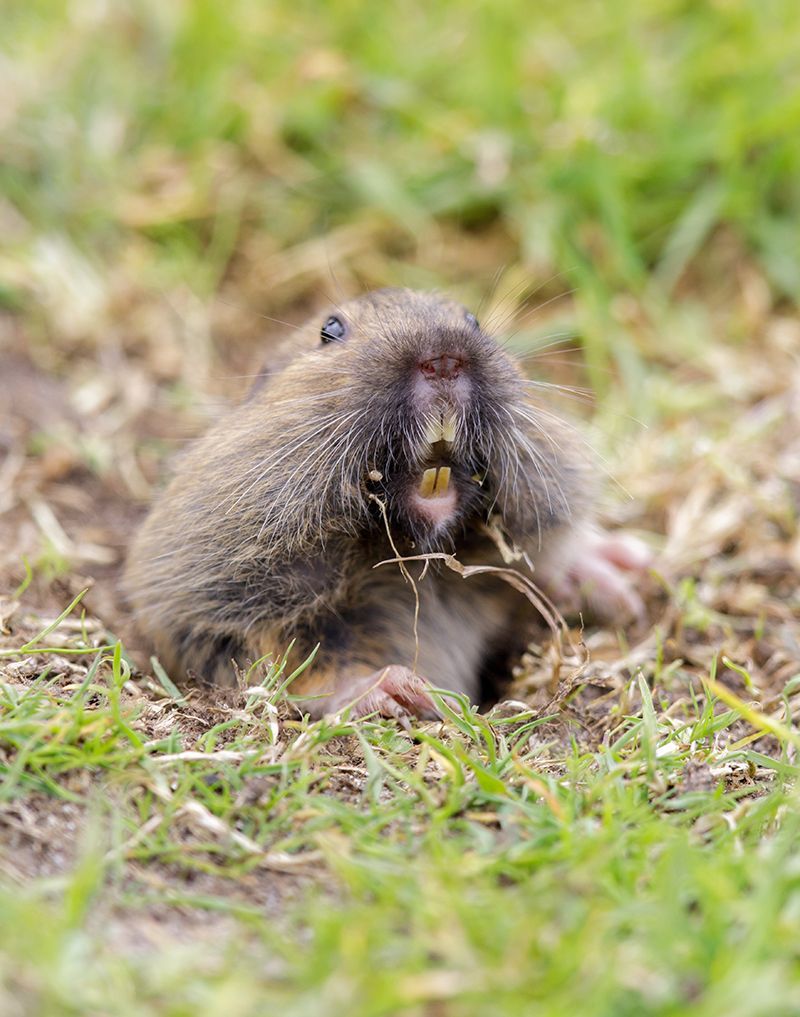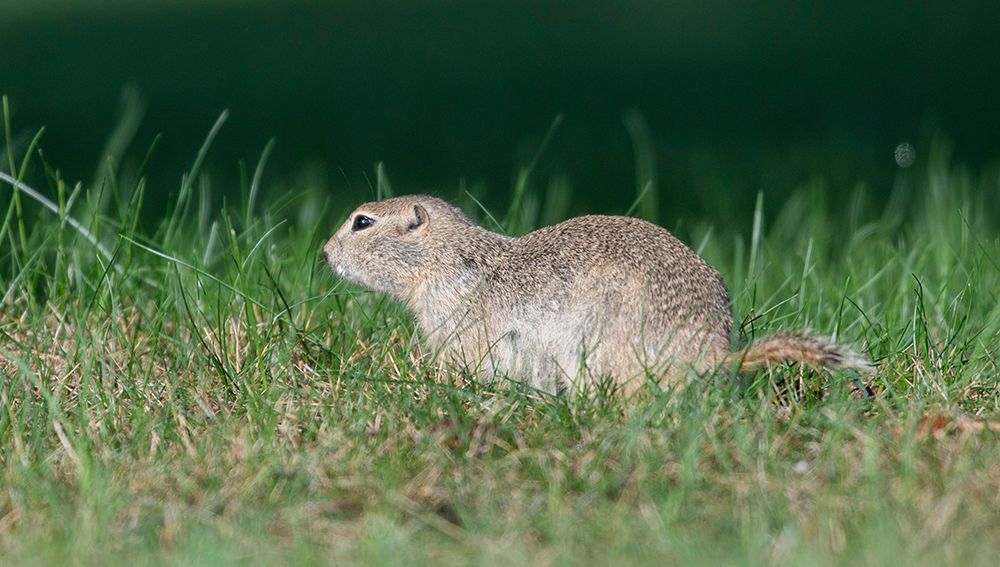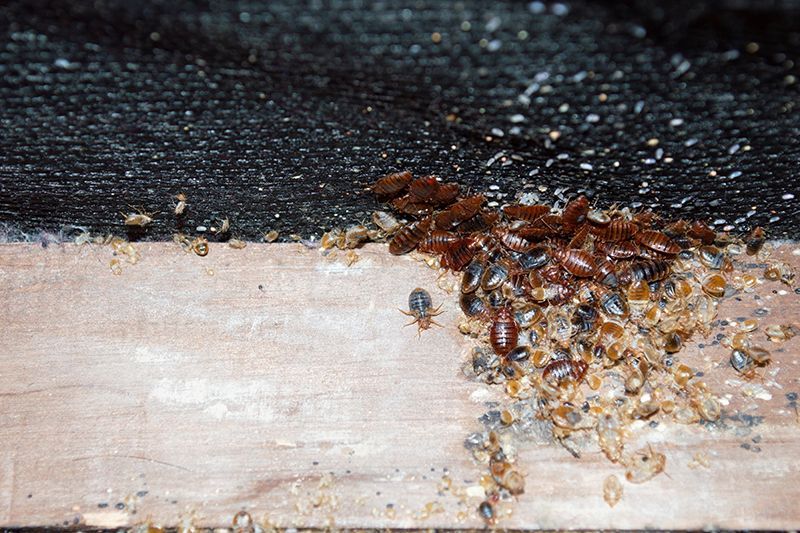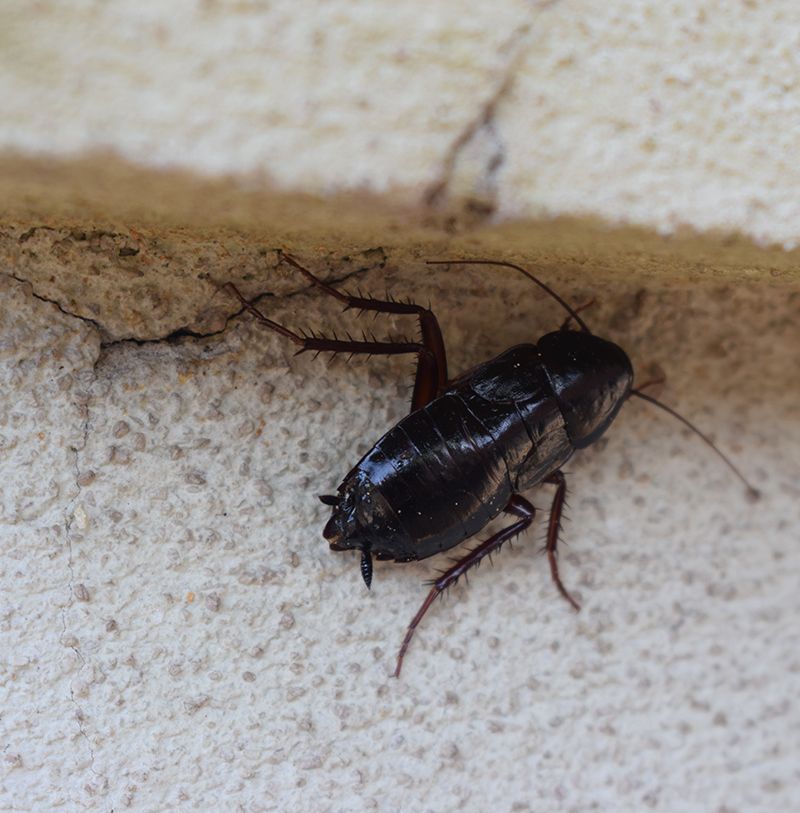Signs of a Pest Problem
Not Sure If You Should Call A Pest Professional?
How to tell if you need pest management services in Chaffee county.
When you notice ants crawling in your home or office, or weird smells that you suspect could be from rodent droppings or bedbugs, or you just want peace of mind your home is pest free, tackle the issue right away. Bullfrog Pest Management provides prompt pest management services for commercial and residential properties throughout Chaffee county.
We'll come to your home or place of business and complete a thorough inspection to determine if you need us or not. Call us today to get started. In Chaffee County, call (719) 733-FROG.
Don't Let Pest Problems Get Out Of Control
When do you need Bullfrog Pest Management? Some of the commons pests we address and the signs they could be on your property include:
- Termites: Sawdust in weird spots, hollow wood, small holes in wood or drywall, sticky doors or windows, or mud tunnels.
- Rats and mice: Scratching sounds in the walls, droppings or strange odors, holes being dug next to your foundation.
- Bats: Droppings in your attic or on the ground around the outside of your property, and high-pitched squeaking noises.
- Bedbugs: Blood spots on your sheets, random itchy spots on your body, live bugs on your bed or around your bed.
- Carpenter ants: Large black ants in your home, chewing noises, seeing piles of sawdust-like material in places it shouldn't be.
Scroll down to learn about common pests in your area.
No matter what type of pest problem you have, you can count on Bullfrog Pest Management to identify and manage your issues in the safest and most cost-effective way. Contact us today to get started with a free, no-obligation estimate.
Bugs And Stuff
Ants:
Red Harvester Ants
Harvester ants are primarily seed feeders although they will sometimes collect dead insects. Their relatively large heads provide the powerful jaws needed to crack seeds and brushy hairs of the front of the head are useful for carrying food and other materials.
Harvester ants construct large, highly visible mounds over the network of below ground tunnels that is used by the colony. The mounds often have incorporated into them small pebbles that the ants have excavated and the vegetation around the edge of the nest is cleared. The mound, surface covering materials and cleared area that prevents shading all help to warm the nest. Most often the main nest entrance is located so it orients to the southwest.
Pavements Ants
Pavement ant colonies are large, with usually one functional queen. Reproductive pavement ants typically swarm in late spring and early summer. After the ant's mate, the queens burrow into the soil, where they lay eggs. In a two-to-three-month period, a colony's first workers have developed.
Colonies without queens have been known to occur. During the winter, pavement ants may nest inside structures, close to a heat source. Winged reproductive ants may emerge during any season in heated structures. Pavement ants are a common house and building invaders, often going indoors foraging for food. Foraging typically occurs at night. Vegetable gardens may be at risk of damage by foraging pavement ants. Although a nuisance, pavement ants rarely cause significant damage. Persons raising poultry may be especially concerned about the presence of pavement ants since they are a known intermediate host of two poultry tapeworms.
Spiders:
Wolf Spider
They are most often found in areas of dense grass, tall shrubs, or leaf litter, which is where their prey lives. Sometimes they can be found under rocks or other objects, and some species dig burrows into the soil. Wolf spiders can accidentally make their way indoors, especially in late summer and fall when they are searching for food, mates, and wintering sites. Wolf spiders are active hunters, so they catch their prey by ambushing or hunting; they do not build webs. They use their eyesight and vibrations to detect prey. To prevent spiders from entering buildings, seal the foundation, inspect any window or door screens for holes, reduce clutter from around the foundations, and reduce any potential food sources for the spiders to keep them from entering or building up high numbers within the facility. Remove clutter that can serve as a hiding spot for spiders. Wolf spiders are more of what we call occasional invaders in a home or business. Wolf spiders are also very beneficial spiders due to their hunting habits.
Cellar Spider
Outdoors, cellar spiders are found in naturally protected areas like caves and rock piles. Indoors, they are often found in damp cellars, basements, crawl spaces, garages, and dark, quiet places. They can be found in heated buildings throughout the year. These spiders do not bite people or pets. In high populations, they can be considered a pest in a building. Many other spiders eat their old web before producing new ones. Cellar spiders do not do this; they simply add new webbing to old ones. In high population levels, their extensive webbing can be a nuisance. Cellar spiders are also the actual “daddy long leg spider.” What most people think are daddy long leg spiders are actually in the mite family and not spiders.
The Things That Sting!
Bumble Bee
Bumble bees are large, heavy-bodied and quite fuzzy bees. Although most North American species of bumble bees are black and yellow, orange markings occur on several species found in Colorado. The most common species in much of the state, has a large band of orange on its abdomen and most of the species that are restricted to higher elevations of the state have some orange markings. Size among all species varies considerably with the production of large queens and some quite small workers. Bumble bees most often nest in the ground or under wood piles and debris. Bumble bees are non-aggressive and will not sting unless very provoked.
Honeybee
Our honey-making friends like to be left alone. They are very nonaggressive unless provoked. Honeybees are considered a very beneficial bug, as well; they are often confused for wasps or hornets. Bullfrog Pest Management will NOT harm or remove a honeybee hive unless they pose a personal or structural hazard.
Wasps And Yellow Jackets
The natural habitat for paper wasps and yellow jackets is the outdoors. Paper wasps make nests from various products like paper and wood, and eggs are laid within nest cells. Yellowjackets use primarily wood fibers to build their nests, and they are enclosed but have a small entrance. Many times, yellowjacket nests are found in the ground in rodent burrows. In most instances, paper wasps and yellow jackets do not reuse their nests the following year. Wasps can cause health concerns due to the potential of allergic reactions to stings; yellowjackets are capable of stinging multiple times. Symptoms of an allergic reaction to a wasp sting include swelling, nausea, difficulty breathing, dizziness, and shock. Any medical questions or concerns related to a paper wasp or yellowjacket sting should be directed toward a physician. While outside, decrease attractiveness to wasps by not wearing perfumes, hairspray, and bright-colored clothing, especially yellow, orange, red, and light blue. If a wasp is encountered, do not swat at it; swatting will increase the chances of being stung. Although they act in the same manner wasps and yellowjackets look very different, wasps are long and have two body segments along with their back legs hanging down as they fly, Yellowjackets have one body segment and look like what can best be described as little flying bullets. Both become more aggressive in late fall when queens stop laying eggs and food is limited.
Rodents:
House Mouse
Mice are widespread rodents and one of the most common rodents to infest human buildings. They commonly forage outdoors during the spring and summer but retreat into buildings through the fall and winter to seek warmth and food. They typically feed on unattended food, leftovers, and garden produce. Their foraging risks the contamination and degradation of food supplies and can also spread other pests such as fleas, ticks, and lice.
When infesting homes, house mice may pose a risk of damaging and compromising the structure of the furniture and the building itself. They gnaw various materials to file down their growing teeth and to keep the length under control. Common damage includes gnawed electrical wires, marks on wooden furniture and construction supporting elements, and textile damage. Mice, like most rodents, breed very quickly. A female mouse can get pregnant up to 10 times a year and can have 6-10 babies at a time. Theoretically speaking, two mice can give birth to as many as 60 pups per year. Let’s be conservative and say that only 21 of the 60 pups are female. With the females of each litter giving birth every six weeks after their own arrival, you could see as many as 5,082 mice in one year!
Wood Rats
Each species of pack rat is generally restricted to a given type of habitat within its range. Pack rats live anywhere from low, hot, dry deserts to cold, rocky slopes above timberline. Pack rats build complex houses or dens made of twigs, cactus joints, and other materials. These contain several nest chambers, food caches, and debris piles. Dens are often built in small caves or rocky crevices, but when close by human habitations, wood rats will opportunistically move into the attics and walls of houses. Bushy-tailed woodrats occupy a range of habitats from boreal woodlands to deserts. They are cliff-dwellers and are often found on isolated, high-elevation, exposed boulder areas under a variety of temperature and moisture conditions. They require adequate shelter among the rocks, though they are occasionally found inhabiting abandoned buildings as well. Wood rats are notorious for collecting an odd array of items from their surroundings to make their nests and fancy shiny things.
Pocket gopher
All pocket gophers create a network of tunnel systems that provide protection and a means of collecting food. They are food hoarders, and their cheek pouches are used for transporting food back to their burrows. Gophers can collect large hoards. Unlike ground squirrels, gophers do not live in large communities and seldom find themselves above ground. Tunnel entrances can be identified by small piles of loose soil covering the opening.
Burrows are in many areas where the soil is softer and easily tunneled. Gophers often visit vegetable gardens, lawns, or farms, as gophers like moist soil. This has led to their frequent identification as pests.
Gophers eat plant roots, shrubs, and other vegetables such as carrots, lettuce, radishes, and any other vegetables with juices. As such, they are considered agricultural pests, as well. The resulting destruction of plant life then leaves the area a stretch of uncovered soil. The stashing and subsequent decomposition of plant material in the gophers' storage areas can produce deep fertilization of the soil.
Pocket gophers are solitary outside of the breeding season, aggressively maintaining territories that vary in size depending on the resources available. Males and females may share some burrows and nesting chambers if their territories border each other, but in general, each pocket gopher inhabits its own individual tunnel system. Although they attempt to flee when threatened, they may attack other animals, including cats and humans, and they can inflict serious bites with their long, sharp teeth.
Depending on the species and local conditions, pocket gophers may have a specific annual breeding season or may breed repeatedly through the year. Each litter typically consists of two to five young, although this may be much higher in some species. The young are born blind and helpless and are weaned around 40 days old.
Ground Squirrels
Open areas including rocky outcrops, fields, pastures, and sparsely wooded hillsides comprise their habitat. Ground squirrels also live in grassy areas such as pastures, golf courses, cemeteries, and parks. Ground squirrels are omnivorous, and not only eat a diet rich in fungi, nuts, fruits, and seeds, but also occasionally eat insects, eggs, and other small animals. They are known to eat rats and mice several times their size.
Bed Bugs
Bed bugs are small, flat insects that feed on the blood of people and animals while they sleep. Mature adults are about the size of an apple seed. They are reddish-brown in color and wingless. Bed bugs must be introduced to a home or building, they are incredible hitchhikers. Most people bring bed bugs home when traveling, if think you might have brought a stowaway into your home call bullfrog pest, we can inspect your place and rid you of this unwelcome guest.
Oriental Cockroaches
Oriental roaches, or “water bugs,” are large black roaches found usually on the outside of homes. They prefer dark and moist areas under rocks and debris. Oriental roaches will come into homes in search of food and shelter.
The best advice for oriental cockroach control is to practice good sanitation. To prevent oriental cockroaches from infesting a home, vacuum often and keep a spotless kitchen. Consider using a dehumidifier to prevent moisture buildup. On the exterior of the home, seal all possible entry points with a silicone-based caulk, paying close attention to cracks around doors, windows, pipes and utility lines. Additionally, fortify all entrances around utility pipes and ventilate crawl spaces to prevent moisture buildup. Since oriental cockroaches are very dependent on water, eliminate sources of standing water and divert water away from the home’s foundation with properly functioning downspouts, gutters, and splash blocks.
